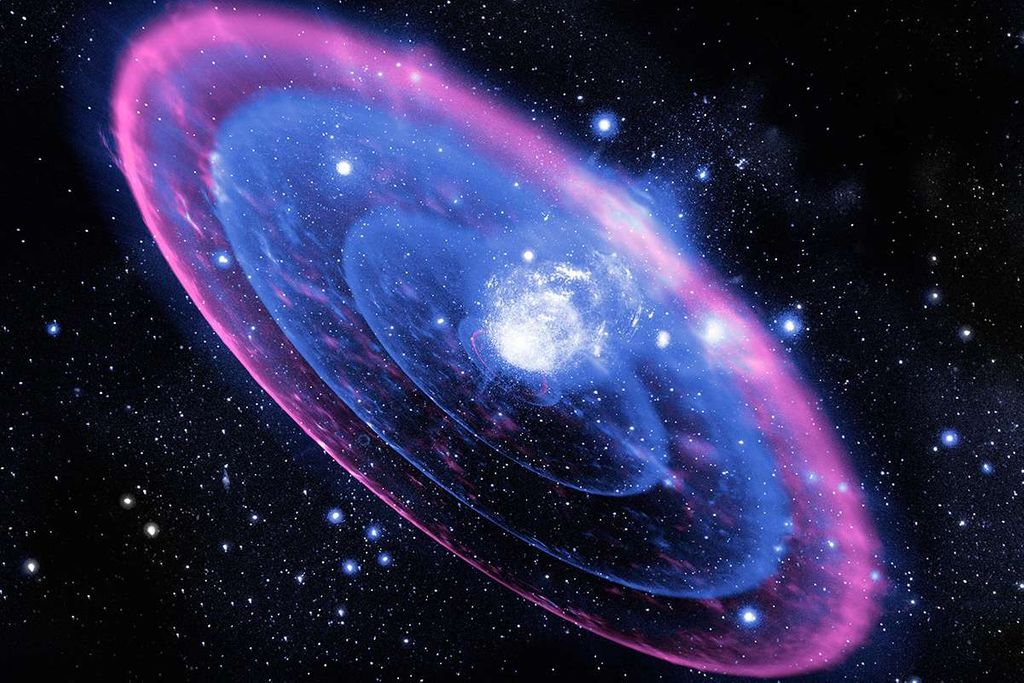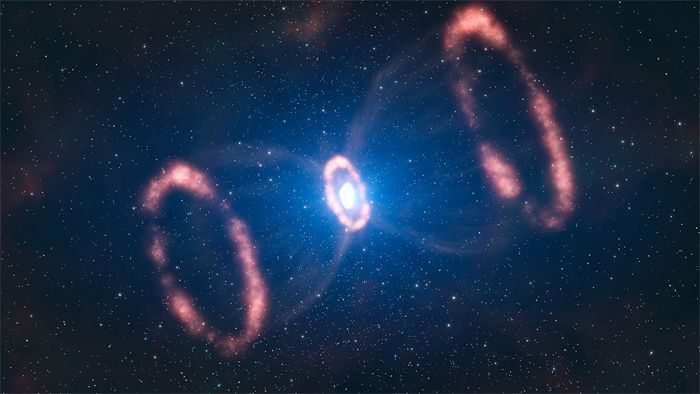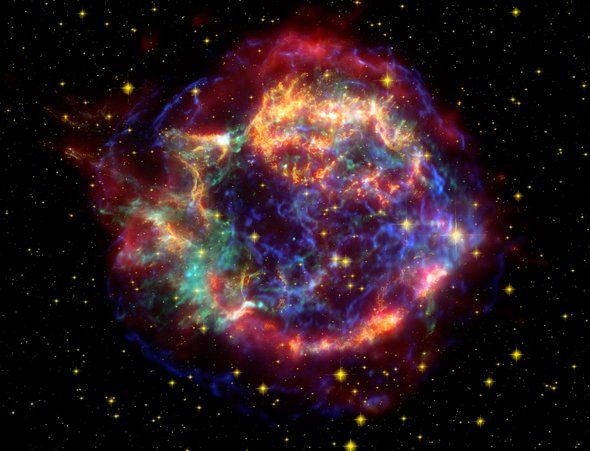Initial Flash Of A Supernova
Apr 19, 2019 • 7 views
The huge stellar burst known as a Type 2 supernova, which happens when a gigantic star collapses, takes about two weeks to reach extreme brightness. At that point, it can temporarily outshine an entire galaxy. But the first phase, called the 'shock breakout," takes only 20 minutes. It is a flash of light given off when photons, speeding out of the star's failing core, first blast done the outer surface of the star. This short-lived event has proven difficult to capture until now—but by examining Kepler images of 50 trillion stars in 500 galaxies, taken every half-hour for three years, astronomers achieved to find not one, but two shock breakouts in the detonations of two red supergiant stars.

The stars were much too far away, at 700 million and 1.2 billion light-years, for Kepler to take real images of the breaks. By cautiously investigating the bursts of light the space telescope spotted, however, artists at the NASA Ames Research Center were able to create this replication. If you'd been in the locality, this is what you might have seen—just before you were turn to vapor.

But that's not all! In May 2015 Kepler spotted another an entirely different type of supernova in a scan of 400 galaxies. Known as a Type Ia, this happens when a tiny white dwarf star draws in matter from an circling companion—and when the received matter adds up to a serious mass, the white dwarf vanishes in a massive thermonuclear blast. Here's how NASA visualizes it.

